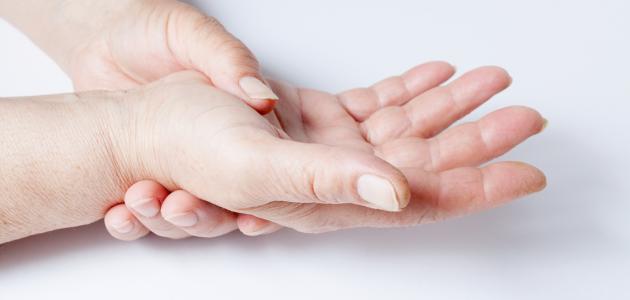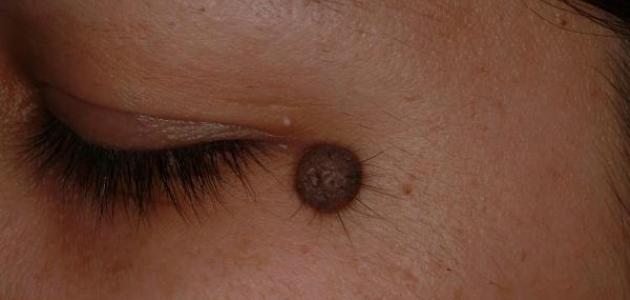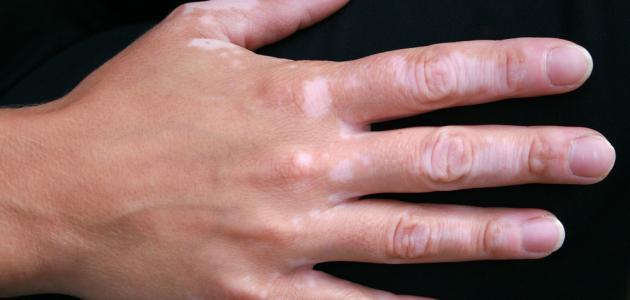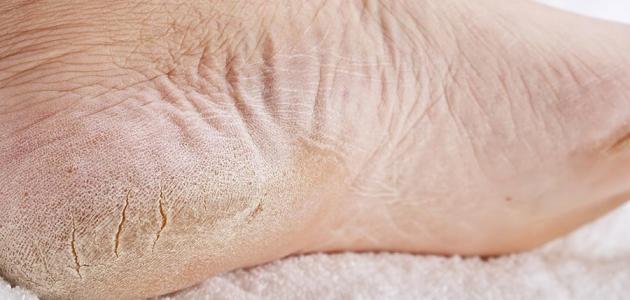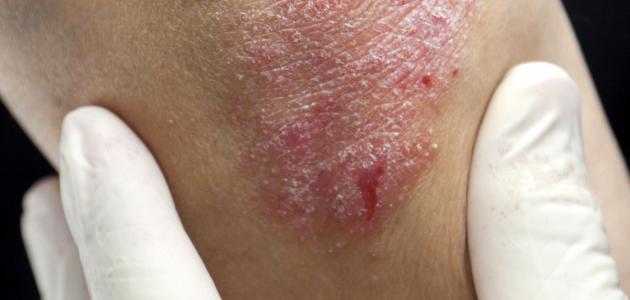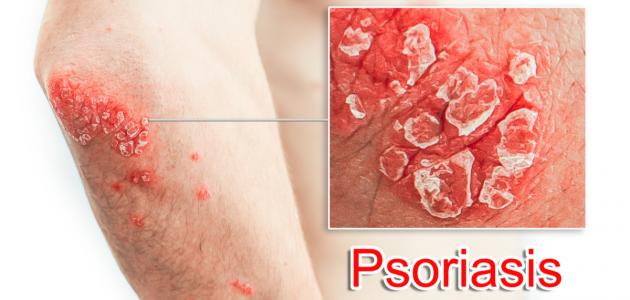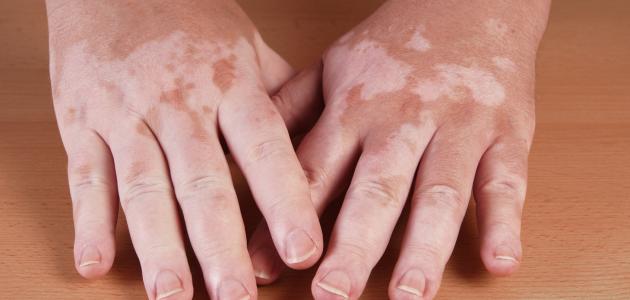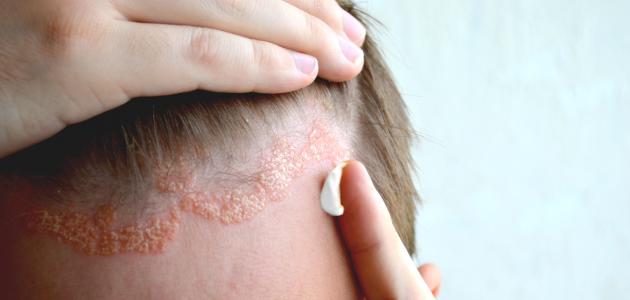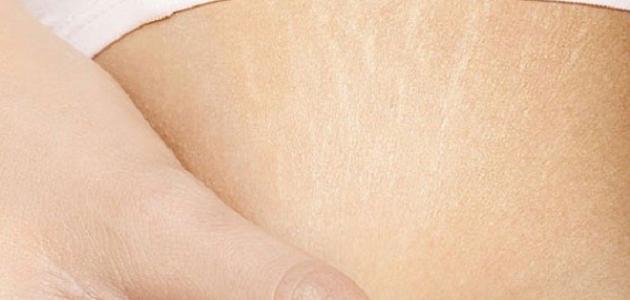Contents
Scleroderma disease
Is a hardening of the skin of rare diseases that are implacably areas of the skin and increase its thickness, in addition to the possibility of blood vessels and internal organs affected, due to attack the immune system of connective tissue found in these parts, it is worth mentioning that the disease scleroderma different types They vary in severity, some simple ones can be cured or improve on their own without treatment, and some very severe may be life threatening, and it should be noted that women with scleroderma may suffer from the inability to conceive, and in the event of pregnancy they are Chances of miscarriageThe possibility of premature birth is also high. In fact, women are more likely to suffer from scleroderma than men, and perhaps people between the ages of 30 and 50 years are the most vulnerable age group to suffer from scleroderma. [1] [2]
Types of scleroderma
There are two main types of scleroderma , which can be explained as follows: [3]
- Systemic scleroderma: , and what is most common among Caucasians, this type of sclerosis is known as limited sclerosis, because it is limited to specific areas of the skin, often represented by injury to the face and fingers of the hands, although Its effect on other body organs is little compared to other types of scleroderma, but it may also cause lung and heart diseases , and it is worth noting that this type is the simple and light type of sclerosis, and one of its forms is what is known as CREST Syndrome. The syndrome with the following:
- Calcinosis, which is defined as the accumulation of calcium in the tissues or under the skin, causing the sufferer to feel pain, and perhaps this is what irritates the skin and causes its damage.
- Raynaud's phenomenon, which causes inconvenience to the injured, and may be accompanied by the sufferer's suffering from the inability to tolerate the cold.
- Disturbance in the function of the lower esophageal sphincter , and this is what causes heartburn sufferers to suffer .
- Sclerodactyly, which is the thickening of the skin on the fingers.
- Telangiectasias, which is the enlargement of blood vessels, suffers from the appearance of red spots on the face and other parts of the body, but these cases are often harmless and can be eliminated using laser treatment .
- Diffuse scleroderma : , and although this type of scleroderma may include large areas compared to the first type, but the legs, arms, and trunk are often the areas most affected by it, and it is worth noting that diffuse scleroderma has It includes many internal organs such as the digestive system, heart, lungs , and kidneys. The severity of the disease and the affected organs differ among the sufferers. In addition, the affected may have difficulty bending the fingers, hands, and joints, and they may also complain of infections in the tendons, muscles, and joints .
Diagnosis of scleroderma
Because the disease may take many faces, and its symptoms differ from one patient to another, its diagnosis is often difficult, and the diagnosis of scleroderma may require a physical examination of the patient, as well as some tests such as blood tests to look for the presence of some antibodies, and a computerized tomography CT-Scan, Spirometry, and Echocardiography. [4]
Complications of scleroderma
Vary complications that may ensue suffering from hardening of the skin in intensity, some of which may be simple, such as what is very intense, and among the most important statement comes complications on the different parts of the body: [2]
- Fingers tips: People with scleroderma may suffer from the appearance of sores on the tips of the fingers, and gangrene may follow, and the affected parts may need to be amputated, and this can be explained by impaired blood flow to the extremities, causing damage.
- Lungs: A complication that appears at the level of the lungs is high blood pressure in them, as well as suffering from what is known as pulmonary fibrosis, which is the emergence of scar tissue in the lungs, causing a decrease in its ability to work, and this causes a decrease in the ability to breathe and exercise .
- Kidneys: The impact of the kidneys with scleroderma disease may result in high blood pressure ( high blood pressure ) and the appearance of protein in the urine, and one of the most severe and more dangerous complications is the occurrence of what is known as Renal Crisis, which is the occurrence of a sudden rise in blood pressure And the occurrence of kidney failure.
- Heart: A complication that appears at the level of the heart is high blood pressure on the right side of the heart. In addition, scar tissue appears on the heart, and this may increase the risk of cardiac arrhythmia and congestive heart disease (in English: Congestive heart failure Pericarditis, which represents the membrane surrounding the heart.
- Teeth: People with scleroderma suffer from decreased saliva production, and perhaps this results in an increased chance of developing tooth decay . On the other hand, it should be noted that exposure to the skin of the face narrows the mouth, which makes brushing teeth difficult.
- Digestive system: one of the complications that appear for people with scleroderma at the level of the digestive system is the emergence of bouts of constipation and other diarrhea, as well as the sufferers may suffer from difficulty swallowing and stomach acid reflux into the esophagus; Some describe the feeling of reflux as food returning from the stomach to the middle of the esophagus.
- Sexual problems: Men with scleroderma suffer from erectile dysfunction, and women with scleroderma also suffer from problems in terms of sexual ability, such as a shrinking of the vaginal opening, as well as a decline in the ability to lubricate the vagina in general.
References
- ↑ "Scleroderma" , www.nhs.uk , Retrieved March 31, 2018. Edited.
- ^ A b "Scleroderma" , Www.mayoclinic.org , Retrieved March 31, 2018. Edited by .
- ↑ "Types of Scleroderma" , www.hopkinsscleroderma.org , Retrieved March 31, 2018. Edited.
- ↑ "Scleroderma" , www.mayoclinic.org , Retrieved March 31, 2018. Edited.
